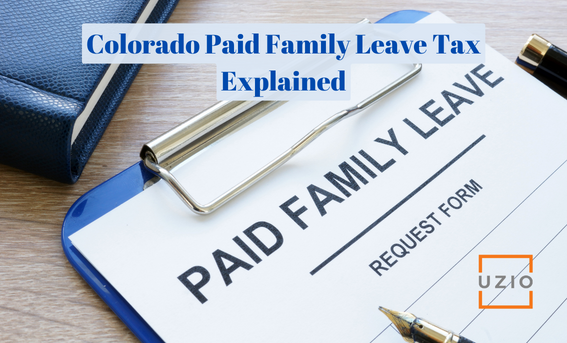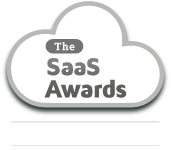1. Introduction
Colorado’s Paid Family Leave (PFL) program provides crucial benefits to employees who need time off to care for themselves or their family members. As an employer in Colorado, it’s essential to understand the requirements and implications of the Colorado Paid Family Leave tax. In this guide, we will provide you with an overview of the program, explain how the tax is calculated, and outline your responsibilities as an employer.
2. Understanding Colorado Paid Family Leave
The Colorado Paid Family Leave program is designed to provide eligible employees with wage replacement benefits when they take time off for qualifying reasons, such as the birth or adoption of a child, caring for a family member with a serious health condition, or their own serious health condition. The program is funded through a payroll tax, which both employers and employees contribute to.
3. Calculation of the Colorado Paid Family Leave Tax
The tax rate for the Colorado Paid Family Leave program is determined annually by the Colorado Department of Labor and Employment (CDLE). The tax is a percentage of an employee’s wages, up to a certain maximum wage cap. The maximum wage cap and the tax rate may vary from year to year, so it’s important to stay updated with the latest information from the CDLE.
As an employer, you have specific responsibilities related to the Colorado Paid Family Leave tax. These include:
- Employee Deductions: You are responsible for deducting the appropriate amount from each employee’s wages to cover their contribution to the Colorado Paid Family Leave tax. The deduction should be based on the tax rate set by the CDLE.
- Employer Contributions: In addition to deducting the employee’s portion, you are also required to contribute to the Colorado Paid Family Leave tax on behalf of your employees. The employer contribution rate is set by the CDLE.
- Reporting and Remittance: You must accurately report and remit the collected taxes to the CDLE according to the prescribed schedule. Failure to do so can result in penalties.
- Employee Notifications: Inform your employees about the Colorado Paid Family Leave program, including their rights and obligations under the law. You may need to provide certain notices to employees regarding their eligibility, benefit amounts, and application procedures.
4. Coordination with Other Benefits
It’s important to note that the Colorado Paid Family Leave program may coordinate with other benefits such as the federal Family and Medical Leave Act (FMLA) or other state-based leave programs. Ensure you understand the interplay between these various programs and any employer obligations or requirements associated with each.
Recommended Reading: Biggest pain point with Payroll and HR software
Conclusion
To fulfill your responsibilities as an employer, it is crucial to stay informed about the latest developments and updates regarding the Colorado Paid Family Leave tax. Regularly visit the CDLE’s official website, subscribe to relevant newsletters or notifications, and seek guidance from trusted sources to stay up to date with any changes to the program. Compliance with the Colorado Paid Family Leave tax is essential for employers in Colorado. By understanding the program, calculating the tax correctly, fulfilling your employer responsibilities, and staying informed about any updates, you can ensure smooth implementation of the program and provide valuable benefits to your employees. Remember to consult with legal and tax professionals or refer to official resources for specific guidance related to your unique situation as an employer in Colorado.
Get in touch with us for an expert-led demo to know more about UZIO payroll services.















